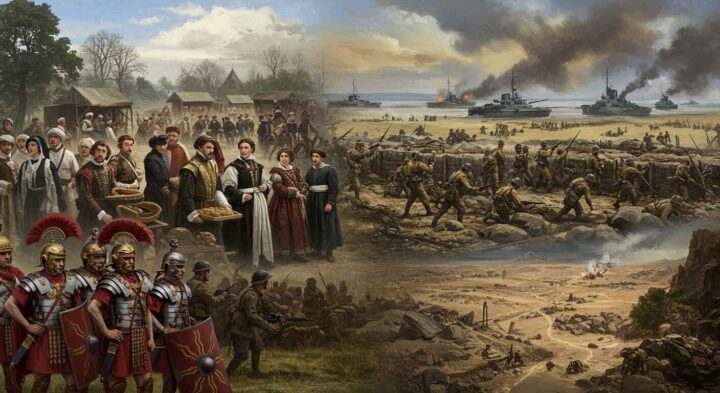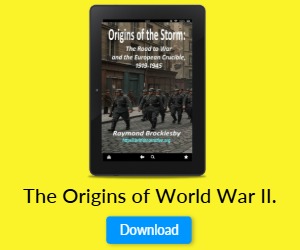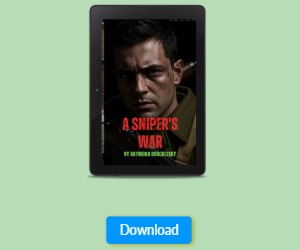History Through Their Eyes: The Power of Personal Narrative in Understanding Britain’s Past
History, in its grandest sense, can often feel distant, a collection of dates, treaties, and sweeping movements of armies and empires. While these broader strokes are undeniably important, the true heartbeat of the past often resides in the smaller, more intimate stories – the experiences of ordinary individuals who lived, loved, feared, and hoped their way through extraordinary times. At British Narrative, we believe that by bringing history down to this personal level, by walking a mile in the shoes of those who came before us, we can connect with our shared past in a profoundly more meaningful and resonant way. It is through these individual narratives that the vast, impersonal canvas of historical events is imbued with emotion, relatability, and a deeper human understanding.
Consider, for example, the Second World War, a conflict that reshaped the globe and touched virtually every British life. We can study the strategic importance of the Battle of the Atlantic, analyse the tonnage of shipping lost, or map the progress of the Blitz. But what did it feel like? What was the daily reality for those caught in its maelstrom? This is where personal stories, like that imagined in “The Grey Lifeline,” become so invaluable. This narrative, while fictional, is meticulously woven from the true experiences of those who endured these perilous times, offering a window into the very souls of a generation.
“The Grey Lifeline” invites us to meet Tom Riley, an ordinary sailor from Bootle, and his wife, Sarah. Their lives, seemingly small against the backdrop of a global war, become a microcosm through which we can explore the immense challenges and sacrifices of the era. Tom is not a celebrated admiral or a daring fighter pilot; he is one of the thousands of unsung heroes of the Merchant Navy, the men who crewed the ships that formed Britain’s vital, yet incredibly vulnerable, lifeline across the treacherous North Atlantic. Through Tom’s eyes, we are not just told about the U-boat threat; we feel the biting spray of an Atlantic gale, the stomach-churning fear as a torpedo track is sighted, the inferno of a stricken tanker lighting up a blacked-out sea. We share his terror as his own ship is hunted by wolf packs, the tactics and terrors of these encounters drawn directly from historical records, making his fear palpable and immediate. The story doesn’t shy away from the grim realities: the struggle for survival in icy, oil-slicked waters, the loss of shipmates, the constant gnawing anxiety that was the daily bread of these brave men.
Simultaneously, through Sarah’s experiences on the home front, we gain a vivid understanding of what it meant to be a woman keeping a family and a nation going while loved ones faced death overseas. Her story is one of quiet, enduring strength. We walk with her through the darkened streets during the Blitz, the wail of the air raid siren a prelude to nights spent huddled in a damp Anderson shelter, the thud of distant bombs a constant reminder of the enemy at the gates. We feel the pinch of rationing, the endless queues, the ingenuity required to make do and mend, her experiences reflecting the true hardships faced by millions. Her fear is not for herself alone, but the agonizing, daily dread of a telegram arriving, the news that could shatter her world. Her letters to Tom, filled with everyday details of their child’s life and her own struggles, become more than just correspondence; they are threads of love and hope stretched across a dangerous ocean, a testament to the emotional fortitude required to maintain a semblance of normality amidst chaos.
By focusing on Tom and Sarah, “The Grey Lifeline” does more than just recount events; it explores the deep emotional currents of the war. It delves into their courage – not the theatrical bravery of battlefield charges, but the quiet, stubborn courage to face another day, another voyage, another air raid. It examines their losses – the loss of friends, of innocence, of the simple certainties of peacetime. And crucially, it illuminates their enduring love, a beacon that guides them through the darkest of times, a personal anchor in a world seemingly adrift.
The power of such a narrative lies in its commitment to historical accuracy, not just in terms of events and equipment, but in capturing the authentic voices and sensibilities of the era. When Tom uses the slang of a 1940s merchant seaman, or Sarah worries about the specific details of rationing, it grounds their story in a tangible reality. This meticulous research allows us, the readers, to step more fully into their world, to understand their motivations, their fears, and their hopes not as abstract historical concepts, but as deeply human experiences.
The men of the Merchant Navy, as “The Grey Lifeline” so powerfully reminds us, were indeed unsung heroes. Their casualty rates were among the highest of any service, yet their contribution, the relentless ferrying of food, fuel, and the sinews of war, was absolutely critical to Britain’s survival and eventual Allied victory. By telling Tom’s story, we honour not just him, but the collective sacrifice of those thirty thousand merchant seamen who never returned, whose only memorials are often the cold waters of the Atlantic. Similarly, Sarah’s story pays tribute to the millions of women whose resilience on the home front was the bedrock upon which the war effort was built.
Ultimately, narratives like “The Grey Lifeline” serve a vital purpose. They bridge the gap between past and present, transforming abstract historical facts into relatable human drama. They allow us to connect with the individuals who shaped our world, to understand that history is not just something that happened to people, but something that was lived by people – people like Tom and Sarah Riley, ordinary folk caught in extraordinary, world-changing events. Their story, and countless others like it, are the threads that make up the rich, complex, and deeply personal tapestry of British narrative. They remind us that behind every statistic, every battle, every political decision, there are human hearts, human fears, and human hopes. And it is in understanding these that we truly begin to understand history itself.



